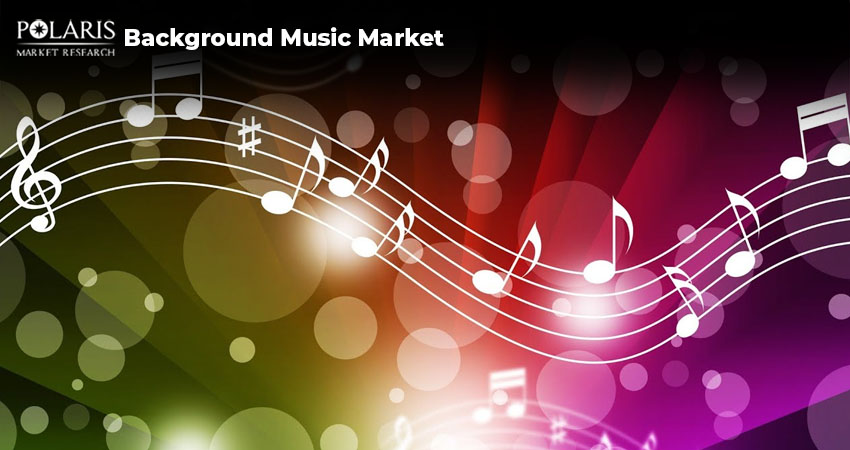Exploring Influence of Jazz in Modern Background Music

Background music is a modern-day music performance in which it is not just about the music but also intentionally chosen to bring character and emotional responses. Among the many genres that contribute to this ambiance, jazz music stands out for its ability to evoke warmth, sophistication, and creativity. Celebrated globally on International Jazz Day, jazz music has become a timeless addition to background settings and live performances, enhancing spaces with its dynamic rhythms and soulful expressions.
Nowadays, background music plays a key role in modern residential and commercial spaces to provide relaxation and improve focus among potential listeners. It is typically played at a moderate volume using multiple small speakers positioned strategically to maintain consistency throughout the space. It is intended to improve the ambiance of places and positively influence a listener's mood, resulting in a better experience for customers doing shopping or consuming food.
Jazz music, in particular, has become highly popular as the preferred choice for background audio in various settings. From cafés and restaurants to hotels and corporate lounges, jazz offers a perfect blend of rhythm and melody that goes well with both vibrant and tranquil environments. Continue reading as we explore the history of jazz and the significant influence it has on us as background music today!
Origins of Jazz: Quick Walk Through History
The origin of jazz is a fascinating topic for many jazz fans and people new to the genre. Well, the beginnings of this music genre go back to the late 19th and early 20th centuries. Jazz emerged from the cultural melting pot of New Orleans, Louisiana, a city renowned for its rich blend of African, Caribbean, French, and Spanish influences.
Jazz started from a mix of different kinds of music. It was mainly created by African American communities in the US. Individuals who came as enslaved people from Africa brought their own music called spirituals, work songs, and blues. The music was characterized by strong rhythms and emotional songs. Later, their music was blended with Western musical forms, resulting in a new, deeply expressive sound.
By the early 1900s, jazz started to spread beyond New Orleans, making its way through the Mississippi River and railroad lines to cities like Chicago, St. Louis, and New York. It became a voice of the Harlem Renaissance in the 1920s, symbolizing both cultural pride and artistic innovation within the African American community.
Over the years, jazz has evolved into several sub-genres, including swing, bebop, cool jazz, free jazz, and fusion. Each of these sub-genres is built on the foundations laid by its early inventors. Despite its evolution, the essence of jazz remains a powerful force in music history.
International Jazz Day: Honoring Spirit of Jazz
Every year on April 30, people around the world celebrate International Jazz Day. The day was officially established by UNESCO in 2011, with the first celebration taking place on April 30, 2012. It was created on the initiative of legendary jazz pianist and UNESCO Goodwill Ambassador Herbie Hancock.
International Jazz Day was created to honor jazz as a music style and be a powerful tool for unity, peace, and cultural exchange. Musicians, educators, and fans from across the globe celebrate the special day with concerts, workshops, and special events. It’s a chance to recognize the roots of jazz and to appreciate how far it has come.
Essential Jazz Instruments Explained
The following section details a quick overview of essential jazz instruments:
Piano: Piano is one of the most popular jazz instruments. As a versatile melodic instrument, it provides both melody and rhythm. Pianists use piano for everything from soft background chords to fast, complex solos.
Trumpet: The trumpet is another iconic jazz instrument. With a bright, bold sound, the trumpet can stand out in a solo or blend seamlessly with other instruments. Interestingly, the trumpet was the loudest instrument in early jazz.
Saxophone: The saxophone is known for its distinctive sound. It plays melodies and supporting notes and is typically featured with ensembles, combos, and big bands.
Double Bass: The double bass, also known as upright bass, holds down the rhythm in many jazz groups. It is played by plucking the strings, which gives the jazz its groove and depth. The double bass is a steady and important part of almost every jazz performance.
Drums: Drums are an essential part of the rhythm in various music types. And they are especially important in jazz. They keep the beat and add texture, energy, and flair. Also, they help shape the overall feel of the song using the snare, symbols, and bass drum.
Evolving Role of Jazz in Digital Background Music Solutions
The introduction of digital music streaming platforms and in-store audio solutions has made it easier than ever for businesses to access and customize background music. Curated jazz music, tailored to different settings, customer demographics, and times of day, is now widely available. Whether it’s an early morning acoustic set for a café or an upbeat evening playlist for a hotel bar, jazz easily adapts to the day’s rhythm.
Some companies also offer AI-driven jazz music solutions. These solutions adjust the background music in real time based on foot traffic, weather conditions, or the time of the day. This customization ensures the ambiance is always in sync with the environment and target audience.
Conclusion
To conclude, jazz is a highly popular music genre in background music. As consumer expectations shift towards more personalized and engaging experiences, jazz will continue to offer multisensory experiences—one that connects the past with the present while creating meaningful, mood-driven environments.

